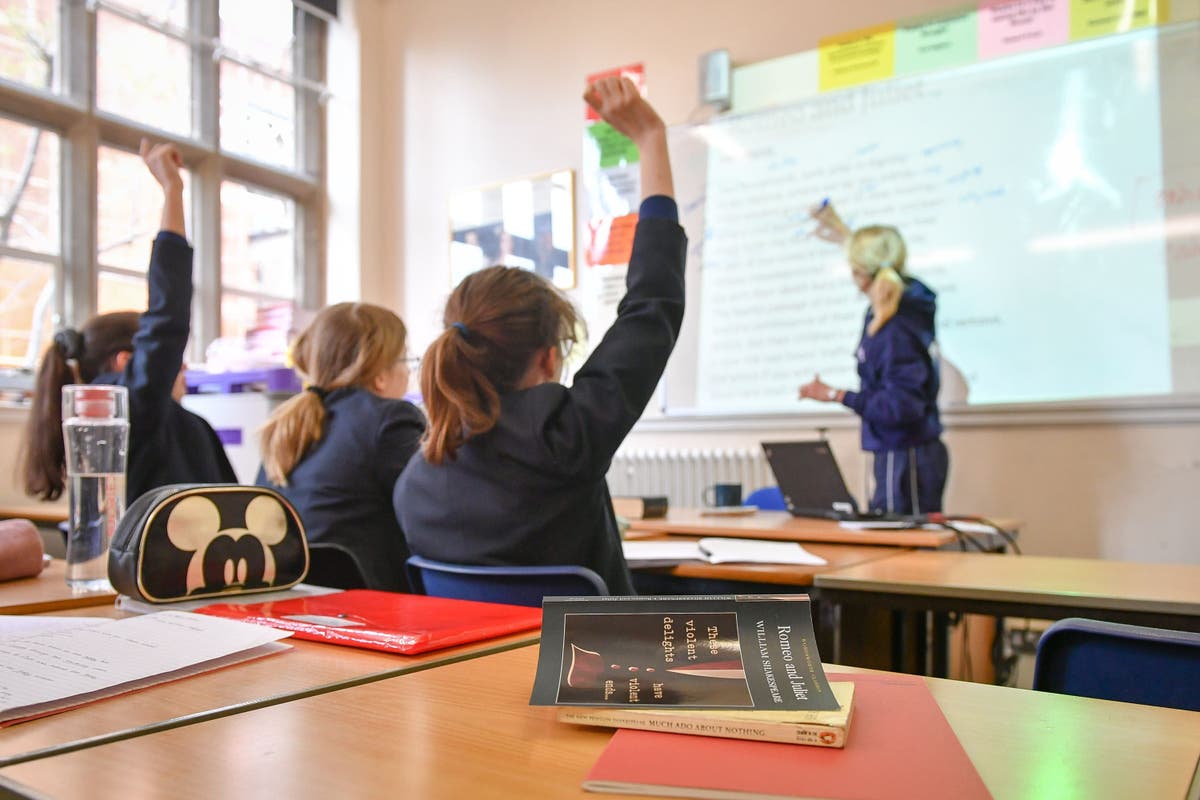Secondary schools with the most disadvantaged pupils have been hit hardest by funding cuts over the last decade, according to new research.
A new study by the respected Institute for Fiscal Studies (IFS) think tank found that between 2010 and 2021, the most deprived secondary schools saw a real-terms cut of 12%.
In contrast, the least deprived schools saw only a 5% funding cut in the same period.
But the Department for Education insisted the analysis “doesn’t tell the whole story”.
Researchers also found the extra funding boost for early-years providers in the most disadvantaged areas has dropped too. The IFS said the core hourly funding rate was now 38% extra, down from 60% in 2017.
The findings have been labelled a “damning indictment” of the Government and sparked calls for more funding in the education sector, which represents the second-largest element of public service spending behind healthcare.
It comes just weeks after Chancellor Jeremy Hunt used his autumn statement to offer support to businesses and cut the main rate of national insurance, while also pencilling in sharp curbs in public spending beyond the next general election.
The 120-page report, backed by the Nuffield Trust, found that despite extra funding between 2019 and 2021, education sectors across the board remain squeezed due to high inflation and rising cost pressures.
Josh Hillman, director of education at the Nuffield Foundation, said in a forward note to the report that those factors help explain “why the view from the chalkface always feels more austere than that from the Chancellor’s desk in the Treasury”.
Researchers said that despite Jeremy Hunt’s plans to give working parents of children under five an entitlement of 30 hours’ free childcare per week from September 2025, budgets for providers remain under heavy strain.


